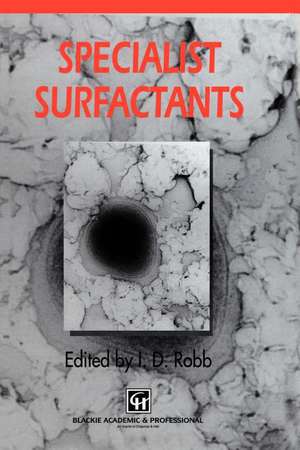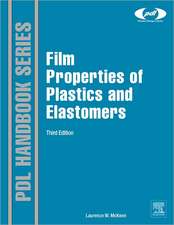Specialist Surfactants
Editat de I.D. Robben Limba Engleză Paperback – 26 sep 2011
| Toate formatele și edițiile | Preț | Express |
|---|---|---|
| Paperback (1) | 944.19 lei 6-8 săpt. | |
| SPRINGER NETHERLANDS – 26 sep 2011 | 944.19 lei 6-8 săpt. | |
| Hardback (1) | 950.21 lei 6-8 săpt. | |
| SPRINGER NETHERLANDS – 31 dec 1996 | 950.21 lei 6-8 săpt. |
Preț: 944.19 lei
Preț vechi: 1151.45 lei
-18% Nou
Puncte Express: 1416
Preț estimativ în valută:
180.73€ • 196.38$ • 151.91£
180.73€ • 196.38$ • 151.91£
Carte tipărită la comandă
Livrare economică 22 aprilie-06 mai
Preluare comenzi: 021 569.72.76
Specificații
ISBN-13: 9789401071956
ISBN-10: 9401071950
Pagini: 288
Ilustrații: XII, 272 p.
Dimensiuni: 155 x 235 x 15 mm
Greutate: 0.41 kg
Ediția:1997
Editura: SPRINGER NETHERLANDS
Colecția Springer
Locul publicării:Dordrecht, Netherlands
ISBN-10: 9401071950
Pagini: 288
Ilustrații: XII, 272 p.
Dimensiuni: 155 x 235 x 15 mm
Greutate: 0.41 kg
Ediția:1997
Editura: SPRINGER NETHERLANDS
Colecția Springer
Locul publicării:Dordrecht, Netherlands
Public țintă
ResearchCuprins
1 Introduction to specialist surfactants.- 1.1 Introduction.- 1.2 Head group interactions.- 1.3 Chain interactions.- 1.4 Concluding remarks.- References.- 2 Self-assembly patterns in double- and triple-chained ionic surfactants.- 2.1 Introduction.- 2.2 Cationic surfactants.- 2.3 Anionic surfactants.- 2.4 Self-assembly behaviour: surfactant geometry.- 2.5 Double-chained surfactants.- 2.6 Triple-chained surfactants.- References.- 3 Catanionic surfactants.- 3.1 Introduction.- 3.2 Preparation of catanionic surfactants.- 3.3 Phase equilibria.- 3.4 Micellar phase.- 3.5 Vesicle phase.- 3.6 Precipitation.- 3.7 Adsorption.- 3.8 Concluding remarks.- Acknowledgement.- References.- 4 Bolaform and dimeric (gemini) surfactants.- 4.1 Bolaform surfactants.- 4.2 Dimeric (gemini) surfactants.- References.- 5 Fluorinated and semi-fluorinated surfactants.- 5.1 Introduction.- 5.2 Structures of fluorinated surfactants.- 5.3 Synthesis.- 5.4 Properties of fluorocarbon chains.- 5.5 Adsorption and aggregation of fluorinated surfactants in water.- 5.6 Adsorption and aggregation of fluorosurfactants in apolar oils.- 5.7 Solubilization and microemulsion formation with fluorosurfactants in mixtures of oil and water.- 5.8 Wetting properties of fluorosurfactant solutions.- 5.9 Applications of fluorosurfactants.- References.- 6 Siloxane surfactants.- 6.1 Introduction.- 6.2 Molecular structures and nomenclature.- 6.3 Synthesis of siloxane surfactants.- 6.4 Hydrolytic stability.- 6.5 Surface tension lowering and adsorption.- 6.6 Superwetting.- 6.7 Aqueous aggregation behavior.- 6.8 Ionic siloxane surfactants.- 6.9 Non-ionic siloxane surfactants.- 6.10 EO/PO based siloxane surfactants.- 6.11 Applications.- 6.12 Summary.- References.- 7 Alkyl polyglucosides.- 7.1 Introduction.- 7.2 Definition.- 7.3 Synthesis.- 7.4 Properties.- 7.5 Applications.- References.- 8 Low-molecular weight organogelators.- 8.1 Introduction.- 8.2 Surfactant organogels: physical context.- 8.3 Techniques.- 8.4 Classes of organogelators.- 8.5 Applications.- References.










